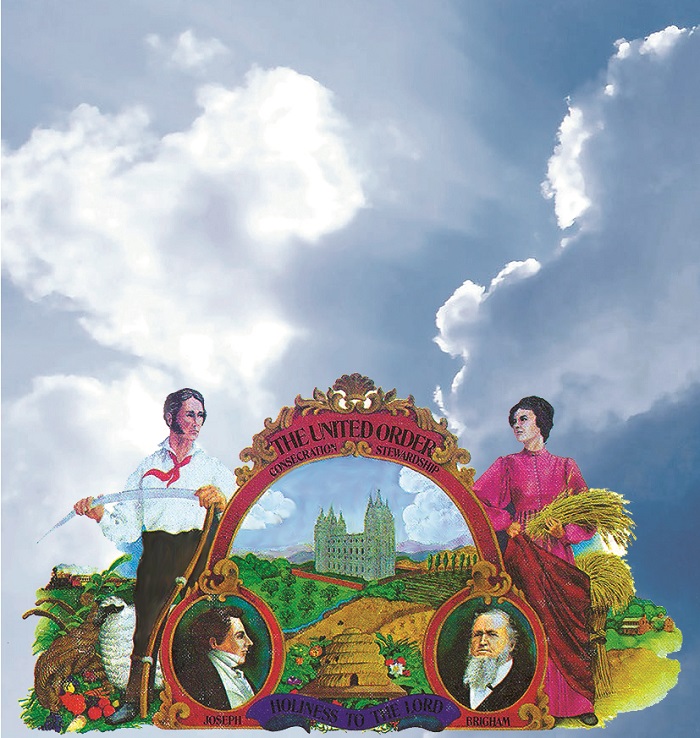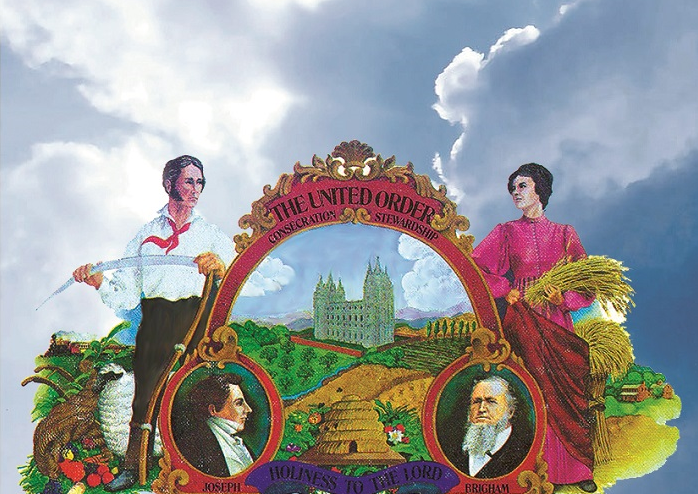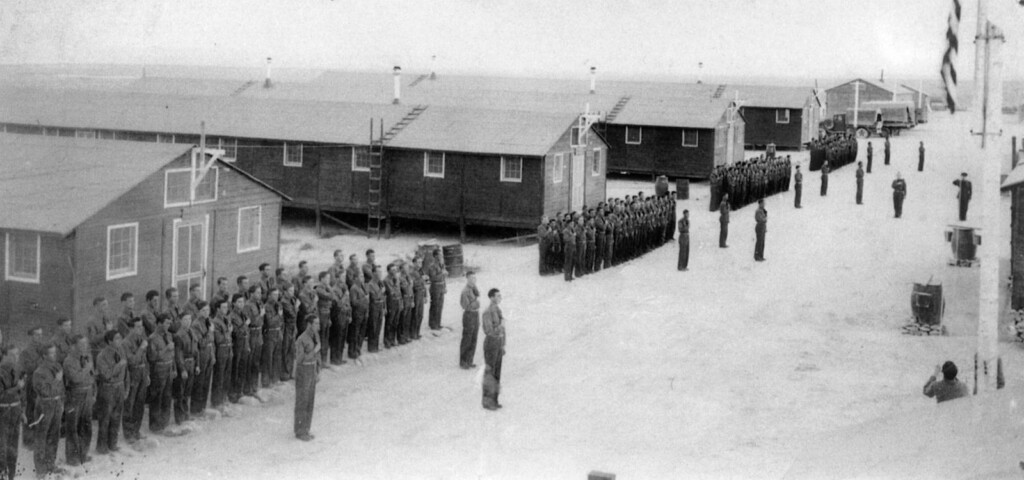
Utah is defined by two factors; natural beauty and Mormonism. No matter how the state evolves and changes, Mormonism was the reason for the founding of the state. After the Mormon pioneers were driven from Missouri and Illinois, they headed west, many on foot, to the deserts of what was then Mexico.
Prophet Brigham Young saw a location that would be a gathering place for the Saints—a place that could support life while remaining undesirable to outsiders. As he gazed upon the Valley of the Great Salt Lake, Young proclaimed, “This is the right place, drive on.”
The Mormons, a self-described “peculiar people”, had two practices in particular that drew derision. The first was plural marriage, the second was the United Order. The early Mormons believed that their faith reached into all aspects of their lives including their financial dealings. The goal of the United Order was outlined scripturally in the Doctrine and Covenants, that the Saints “Have all things in common, that their be no poor among you.”
The basic principle was simple to comprehend. All properties and possessions would be the property of the church and the local bishop would see to their distribution. It’s amazing to think that in the republican hotbed which Utah is today, the early Mormons were practicing a form of theocratic communalism.

The idea had been laid out by Mormon founder Joseph Smith. In isolated Utah the Saints could experiment without intervention. In Salt Lake City, the Zion’s Cooperative Mercantile Institution (ZCMI) was established. Before it became a mall, it was a center of Mormon trade. United Orders were established with great success in Brigham City and Orderville, amongst other locations.
The United Order saw its greatest success in the Southern Utah town of Orderville. The citizens of the town would have communal meals and lived in church-owned apartments around the town square. It was a frugal, productive and effective way of life. This era of the church came to an end with the dissolution of the United Order in Orderville in 1885.
Eventually there was improvement to the financial status of the area due to the discovery of silver. Some of the youth began to desire things that other youth had in other towns, and the order was abandoned, except amongst some Mormon Fundamentalist groups where it still survives with varying degrees of success today.
Since those early days, Mormonism has changed a great deal. Yet it remains fascinating to see the unique ways that the original Mormons thrived in their desert home. Perhaps we can stand to learn something from this people who truly “made the deserts blossom as the rose.”



